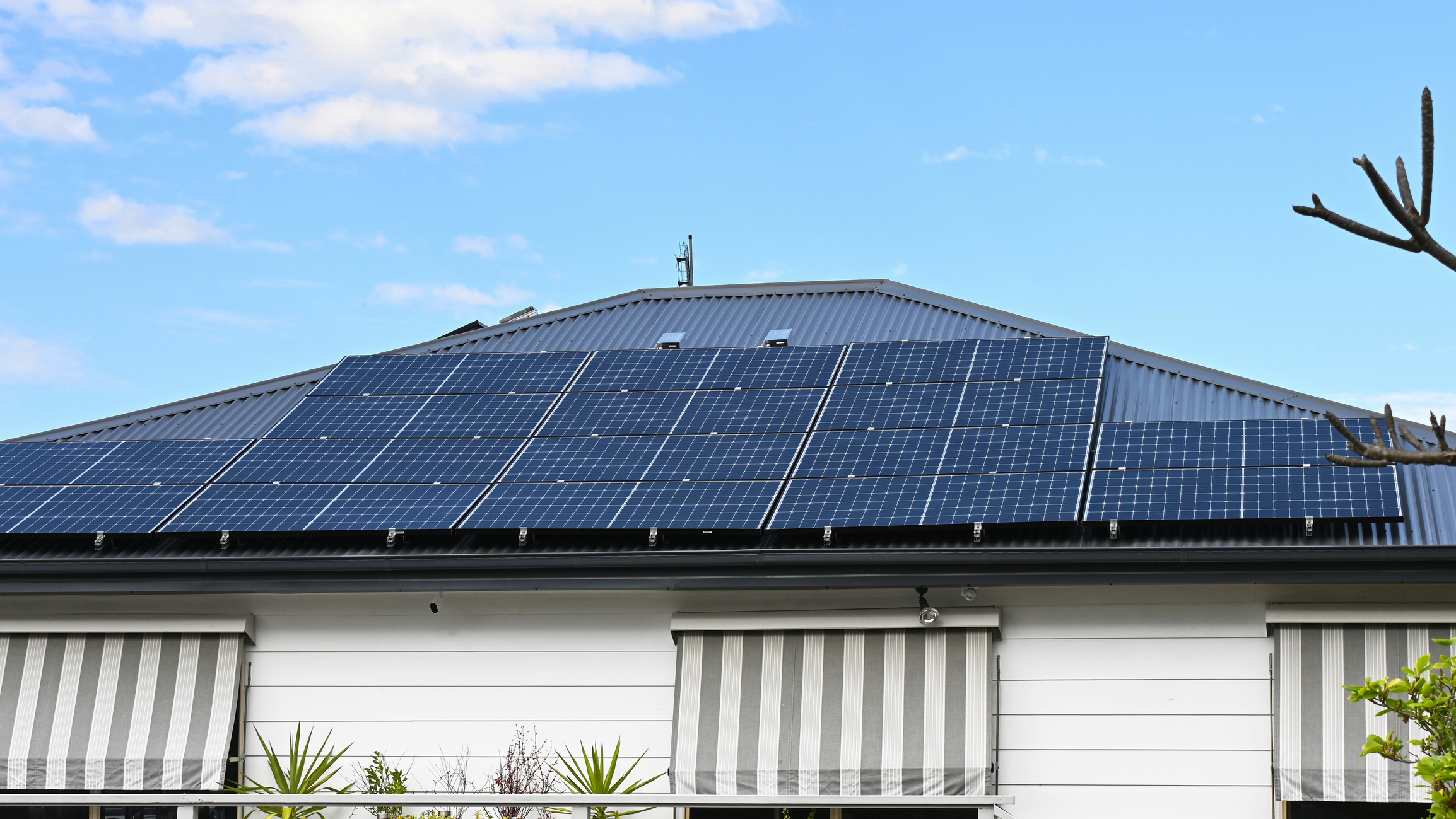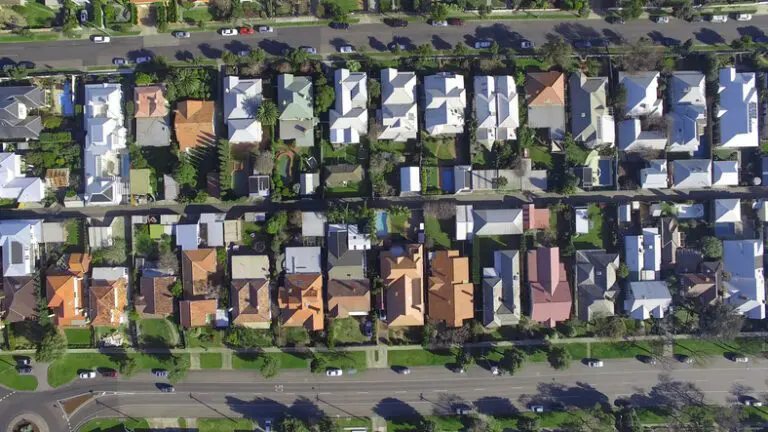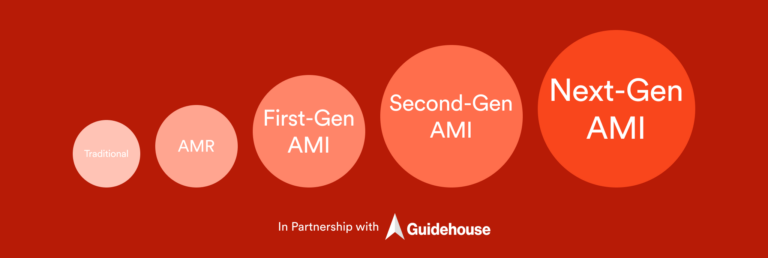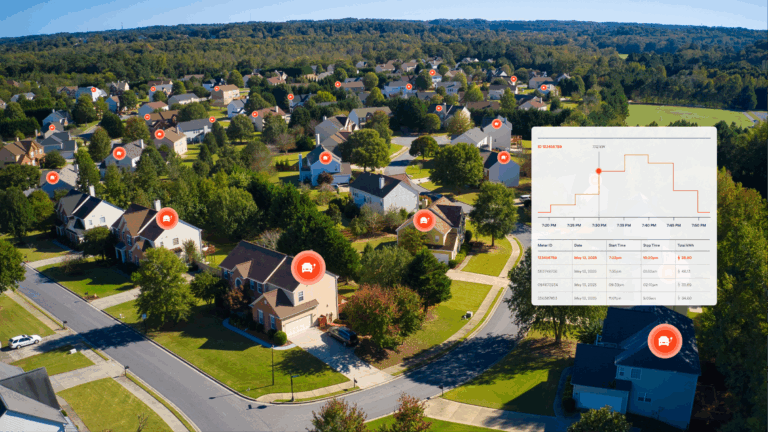How is grid-edge intelligence enabling the energy transition in Australia
As Australia continues to shift towards renewable energy, a new generation of intelligent software running on next generation smart meters at the grid edge will deliver value to energy retailers, distribution network service providers (DNSPs) and consumers.

As Australia continues to shift towards renewable energy, a new generation of intelligent software running on next generation smart meters at the grid edge will deliver value to energy retailers, distribution network service providers (DNSPs) and consumers.
In the age of sustainability, the role of consumers in the clean energy transition continues to evolve but what does this shift mean for each stakeholder and how can smart grid technology transform the Australian energy market.
Evolution of consumer behaviour in Australia’s energy transition
Today, Australian consumers are more aware of their energy use. They are economically driven to cut their energy costs against a backdrop of rising living expenses.
Consumers are increasingly aware of environmental and climate concerns, seeking greener and more sustainable lifestyles through investments in clean energy alternatives like solar and electric vehicles (EVs).
It’s still early days, but consumers are at the heart of the energy transition, and their actions are significantly accelerating electrification across Australia.
The energy landscape: Energy retailers, DNSPs and consumers
As the energy transition evolves, the role of grid-edge ‘behind the meter’ customer energy resources (CER) is growing at a phenomenal rate. Rooftop solar will likely reach 30% or more of national energy generation and EVs will likely evolve into the largest controllable grid edge storage resource through home demand-side response (DSR) and network virtual power plants (VPP).
Retailers and DNSPs recognise that their customers are changing, and they must help facilitate their evolution. When all parties are aligned and have full grid-edge visibility behind the meter at an individual device level, it’s possible to effectively manage supply and demand, prevent grid disruptions / outages and optimise distribution – especially during peak grid strain periods.
The impact of increasing CER uptake
While electricity supply margins will continue to face pressure, consumer energy resources offer opportunities for retailers to grow average revenue per user (ARPU) and customer value over longer customer lifecycles as well as reduce customer energy bills without discounting tariffs and margins.
Building customer trust, consent, participation and engagement is essential for retailers to scale higher-margin propositions such as DR and VPP that leverage CERs for both home and grid use over long predictable periods to achieve payback cases for customers, retailers, and services providers.
Retailers need better real time grid-edge intelligence data to see CER adoption and activity and to offer customers new compelling products and propositions that can be scaled across all customers. DR and VPP activities are increasingly essential to ease network congestion and balance the grid. To maintain reliable and balanced networks, DNSPs require better grid-edge intelligence and visibility. For example, monitoring distribution network transformer health is vital to avoiding straining the electric grid and prioritising network reinforcement as significant new loads, such as EVs and rooftop solar come online.
Retailers have previously implemented first-generation DR and VPP services, with participation from 10-20% of customers, shifting load by 2-4%. The next generation of DR is proving more effective, with impressive results in the US, achieving peak consumption reductions of up to 18%.
Artificial Intelligence (AI) technology such as Sense will bridge the gap between consumers and utilities when embedded in smart meters
Sense’s AI software technology helps consumers understand and manage their energy consumption more effectively, through a personalised, real-time view of whole home energy usage and individual appliances and CERs.
On average, consumers reduce consumption by eight to ten per cent. Sense can also detect the highest consuming appliances in each home in real-time, so consumers can be notified exactly what to turn off for maximum impact, making domestic demand response at scale a reality.
For example, Sense AI enables retailers and DNSPs to better monitor and forecast the adoption and charging of EVs without the need for extra hardware integration with EV chargers.
Outside the home, Sense identifies and geolocates faults on the grid within 10 metres, based on tiny fluctuations in the power supply into the smart meter. Sense grid-edge intelligence can also monitor deteriorating transformer health as new EVs are added, and much more. The low voltage network can be monitored with greater precision, with real time data on power quality, voltage, and frequency right to the edge of the grid.
Scaling consumer engagement
In the US, Sense is starting to roll out on next-generation smart meters (AMI 2.0).
Scaling across entire distribution networks or customer bases is possible, but requires a world class user experience and engagement app to succeed. To succeed, consumers need real-time information. They need time to establish familiarity and trust, and need easy affordable steps to engage with specific energy-saving behaviours and participate in DR and VPP.
Sense AI software solution is the quickest and most effective way to gain grid-edge visibility, as well as scale DR and VPP affordably across a large number of users without requiring hardware IoT appliance deployments to be in place first.
The rest of the world compared to Australia
It may be surprising to some but Australia is significantly ahead in the energy transition than other markets around the world. For example, Australia can proudly claim the highest solar penetration in the world, driven by rooftop solar. This positions Australia to scale the next wave of grid-edge technologies, such as EVs and future EV-based storage solutions. EV sales in Australia have doubled each year since 2022, and both vehicle-to-grid and vehicle-to-home storage capabilities are now on the horizon.
Grid-edge community storage deployments are gathering pace. It’s still early days but Australia is on track to becoming a world leader in community battery deployment. Scaling the energy transition at the grid edge will depend on low-cost, high-stability community grid-edge low voltage networks, with community storage playing a crucial role.
Meanwhile, in the US, Rhode Island recently became the first state to approve utilities providing Sense on next-generation smart meters to every home. However, Australia has the potential to become the first market globally to begin transitioning to a next-generation distribution network.
Australia is uniquely positioned to leapfrog the US and Europe in implementing AMI 2.0 nationally. These advanced next generation meters will reduce operations, maintenance, and reinforcement costs while providing the grid-edge intelligence and visibility needed to fully support the energy transition.
Sense in Australia
Through our pilot with Melbourne families, we have developed a strong understanding of Australian homes and appliances.
In a mature market such as the US, our detection rate is 95% accurate in explaining over 70 per cent of consumption by appliances. In Australia, we’re rapidly closing in on this level of performance as we gather more data and develop market specific algorithms.
Our Australian beta testers have certainly embraced Sense and our decarbonization efforts. They have provided excellent feedback on our technology, with 96 per cent saying they would be more likely to participate in DR if they could use the Sense app to see which appliances to switch off. And 91% of families say that Sense allows them to better manage their home energy use generally.
We are now working with Australian meter technology and service coordinator partners to ensure Sense runs on the next generation of AMI 2.0 smart meters that will be available in 2025. We’re also working to prepare retailers and DNSPs to make Sense an important part of their energy transition propositions for Australian homes.
Consumers will benefit from enhanced energy insight, the cost of managing the grid will fall, and domestic flexibility will become viable at scale.
We’re excited to help contribute to the energy transition in Australia.
By Dave Johnson, Head of Australia for Sense
Contact us today to learn how Sense’s AI technology can transform energy management for energy retailers, DNSPs and consumers alike.


